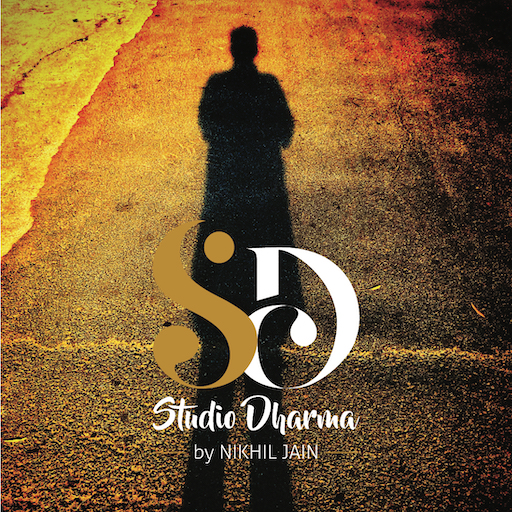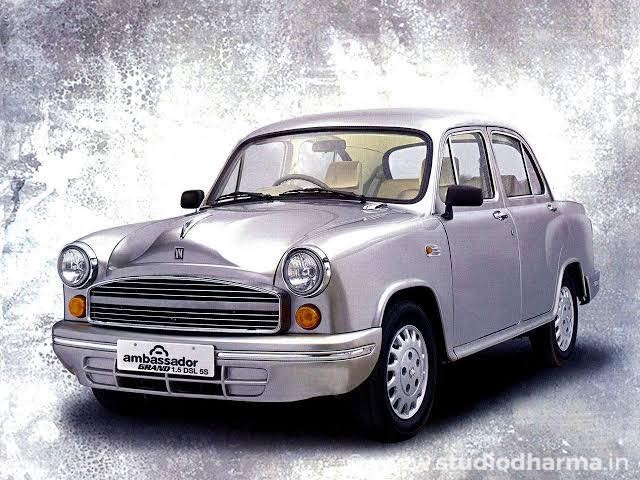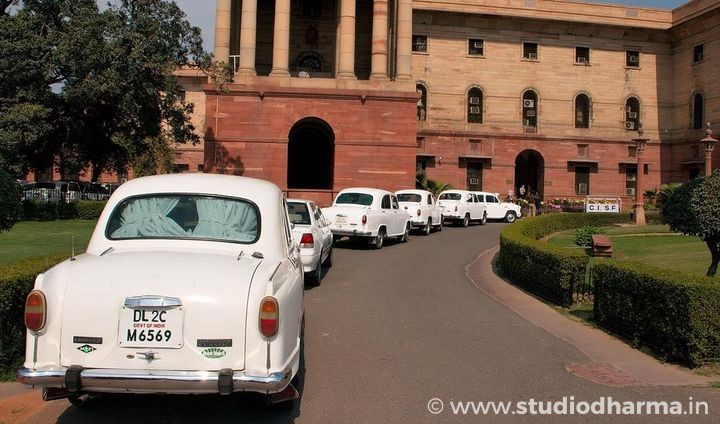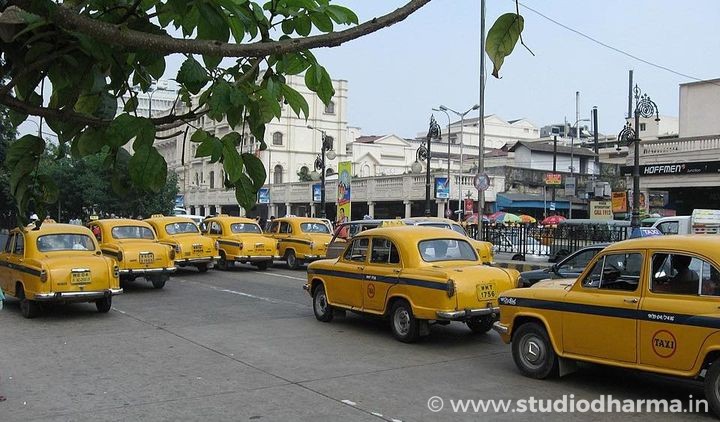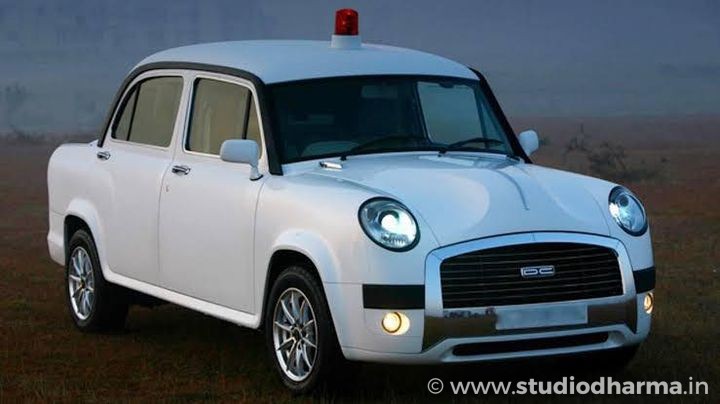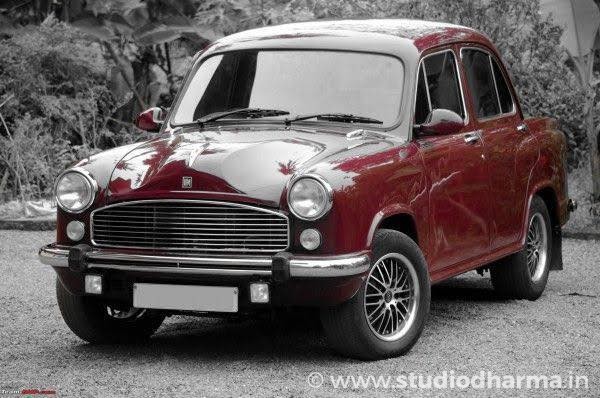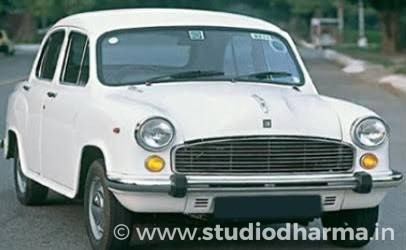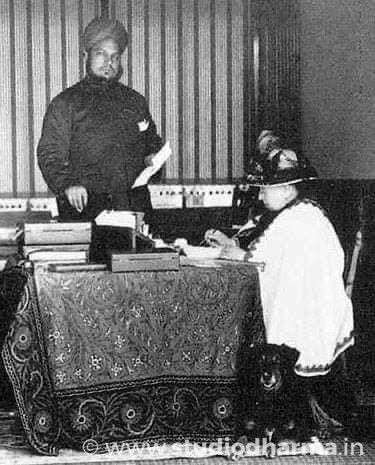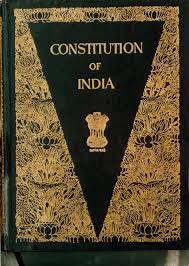THE AMBASSADOR : WHY INDIA FELL IN LOVE WITH THE CAR .
THE AMBASSADOR : WHY INDIA FELL IN LOVE WITH THE CAR .
It was one of the many decisions India’s Prime Minister Atal Behari
Vajpayee had to make, and it was a pretty pivotal one. In 2003, Vajpayee
decided to trade in his Ambassador car in favour of a BMW, which could be
better kitted out with security features. For the Indian Prime Minister, the
upgrade was long overdue but the decision was still a shocker for Indians
of a certain age.
For more than 40 years, the Ambassador was the ‘King of the Road’. Some
joke that the car had survived the Stone Age! But for many Indians, the
Ambassador wasn’t only the first Indian-made car, it was so much more.
Manufactured by the Calcutta-based Hindustan Motors, the Ambassador
first rolled onto the streets in 1958. The sturdy roadster was an instant hit across demographics – it was a power statement among the elite; it was the car of choice for prime
ministers, politicians and bureaucrats; and it was an aspiration the Indian middle class could actually achieve. Its price (Rs 14,000 apiece in 1958) and roomy interiors made it perfect for the ‘big fat Indian family’. Even taxi drivers loved it! The ‘Amby’, as it was affectionately called, had other advantages too. It was low-maintenance and when it did sputter and stall, it didn’t take a great deal of skill to fix. It was also the first-ever Indian-made diesel car. The Ambassador was modelled on the Morris Oxford Series III made by British car maker Morris Motors.The Ambassador was manufactured at Hindustan Motors’ Uttarpara plant
on the outskirts of Calcutta, and there were seven generations of the
vehicle before the company wound up production in 2014. Aged an
incredible 56 when it was retired, it has the longest continuous run for any car in Indian history. Despite its longevity and technical innovations, this iconic, snub-nosed car with a dimpled bonnet underwent few design changes and retained its signature look for almost six decades.India’s Pioneering Auto Makers
Let’s slip into reverse gear, to fully understand what this cult classic really
meant to India.
Up until the 1940s, the automotive industry in India was limited to foreign
vehicle makers assembling and selling their cars in India. These assembly
plants were also owned by foreign car companies such as Ford and General
Motors.
It was only in the 1940s that Indian business houses entered the
automobile industry. Among them were the Birlas, who incorporated
Hindustan Motors in 1942, in the small port town of Okha in Gujarat. Other
pioneers were Walchand Hirachand of Premier Automobiles Ltd, TELCO of
the Tatas and the Mahindras.
But the Second World War forced these Indian companies to put their
plans on hold. When the war ended in 1945 and Indian independence
came in 1947, these plans were resurrected and, a year later, Hindustan
Motors set up a factory in Uttarpara.
Thanks to its tie-up with Morris Motors, the company began to assemble
and sell the British company’s cars in India. The first Morris to roll off the Hindustan Motors’ assembly line was the Hindustan 10 in 1949, or the Morris 10. Next came the Hindustan 14 (Morris 14), followed by the Baby Hindustan, (Morris Minor) and then the Hindustan Landmaster (Morris Oxford Series II). The Ambassador was first produced in 1958, when Hindustan Motors acquired the rights to the Morris Oxford Series III on which the Indian car
was based. It was the car of choice for Indians till the mid-1980s, when
smaller, more ‘modern’ cars like the Maruti were launched. But the Amby kept going. Although it continued to amble along in smaller cities and towns, time was running out. Hindustan Motors launched its final model in 2013. It was branded an ‘Encore’ but it did not live up to its
name; it was more like a ‘Last Hurrah’. Then, the company stopped
production in 2014. But its obituary hadn’t been written, not by a long shot. In February 2017,
Hindustan Motors sold the Ambassador brand to French automaker, the
PSA Group, which owns the Peugeot and Citroen brands, for Rs 80 crore.
We have no idea how the company plans to leverage the first-ever, madein-India car brand. For now, it’s just idling.
Cc: live history India
What's Your Reaction?







